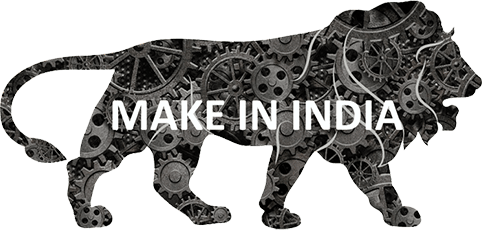Artificial Turf for Sports has revolutionized the way we play and experience sports. This article takes an in-depth look at the key factors that impact the game-changing excellence of artificial turf for sports. We will explore the benefits, tradeoffs, challenges, and the importance of considering environmental impact when making decisions about artificial turf for sports.
The Rise of Artificial Turf
Artificial turf, often called synthetic or astroturf, has gained immense popularity in sports. Its journey from being an alternative to natural grass to becoming a game-changer in sports excellence has been remarkable. Artificial turf has made its mark in various sports, including football, soccer, baseball, and golf. Let’s delve into the factors that make artificial turf a game-changer.
Durability and Accessibility
One of the most significant advantages of artificial turf is its durability. Natural grass fields require meticulous maintenance to stay in top condition, especially in high-traffic areas. Artificial turf, on the other hand, can withstand heavy use and adverse weather conditions. This durability ensures athletes can train and compete on consistent, high-quality surfaces.
Accessibility is another critical factor. Natural grass fields can become unplayable due to rain or excessive use, causing inconvenience and rescheduling of games. Artificial turf eliminates such issues, providing teams with a reliable playing surface regardless of weather conditions.
Performance and Injury Prevention
Performance is paramount in sports, and artificial turf excels in this regard. The consistent surface of artificial turf allows for predictable ball movement and player footing. Athletes can train and compete confidently, knowing that the field won’t change significantly from game to game.
Furthermore, artificial turf’s shock-absorbing properties contribute to injury prevention. Unlike natural grass, which can become uneven and lead to tripping or twisting injuries, artificial turf offers a level and cushioned surface that reduces the risk of such incidents.
Environmental Considerations
While artificial turf offers numerous advantages, it is essential to consider its environmental impact. Artificial turf is typically made from a combination of synthetic materials, including plastics and rubber. The production and disposal of these materials can negatively affect the environment.
Additionally, the heat retention properties of artificial turf can lead to higher surface temperatures than natural grass. This can contribute to the urban heat island effect, where areas with artificial turf become significantly hotter than their surroundings, impacting local climate conditions.
Balancing Act: Tradeoffs and Challenges
Adopting artificial turf for sports involves a delicate balance of factors. While it offers durability, performance, and accessibility, there are tradeoffs. Let’s explore some of the challenges associated with artificial turf:
High Initial Costs
One of the primary challenges is the high initial cost of installing artificial turf. The materials and installation process can be expensive, making it a significant investment for sports organizations. However, many find that the long-term benefits outweigh the upfront expenses.
Environmental Concerns
As mentioned earlier, the environmental impact of artificial turf is a concern. Finding more sustainable materials for turf production and addressing heat-related issues are ongoing challenges in the industry. Innovations in eco-friendly turf options are being explored to mitigate these concerns.
Heat Retention
Artificial turf can become excessively hot in warm weather, which can be uncomfortable for athletes and spectators alike. Addressing heat retention through cooling technologies and shade solutions is essential for improving the overall experience.
Maintenance and Longevity
While artificial turf requires less maintenance than natural grass, it is not maintenance-free. Regular cleaning, grooming, and infill replenishment are necessary to ensure the turf’s longevity and performance. Neglecting maintenance can lead to safety hazards and a shorter lifespan.
The Importance of Consideration
When deciding whether to transition to artificial turf for sports, it’s crucial to consider all the factors at play. Sports organizations must weigh the benefits of durability, performance, and accessibility against the tradeoffs and challenges associated with artificial turf.
Additionally, organizations should prioritize sustainability by exploring eco-friendly turf options and adopting responsible disposal practices for old turf materials. Balancing game-changing excellence with environmental responsibility is the key to making informed decisions about artificial turf for sports.
Conclusion
Artificial turf has undeniably changed the game in the world of sports. Its durability, performance, and accessibility have made it a favorite choice for many sports organizations. However, it is essential to recognize and address the environmental challenges associated with artificial turf.
As technology and materials evolve, the sports industry must strive for a sustainable future by embracing eco-friendly turf solutions and responsible practices. By considering all factors, sports organizations can achieve game-changing excellence while minimizing their environmental footprint. The end of sports excellence lies in balancing performance and environmental responsibility.

